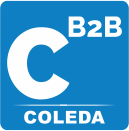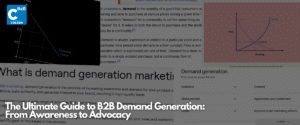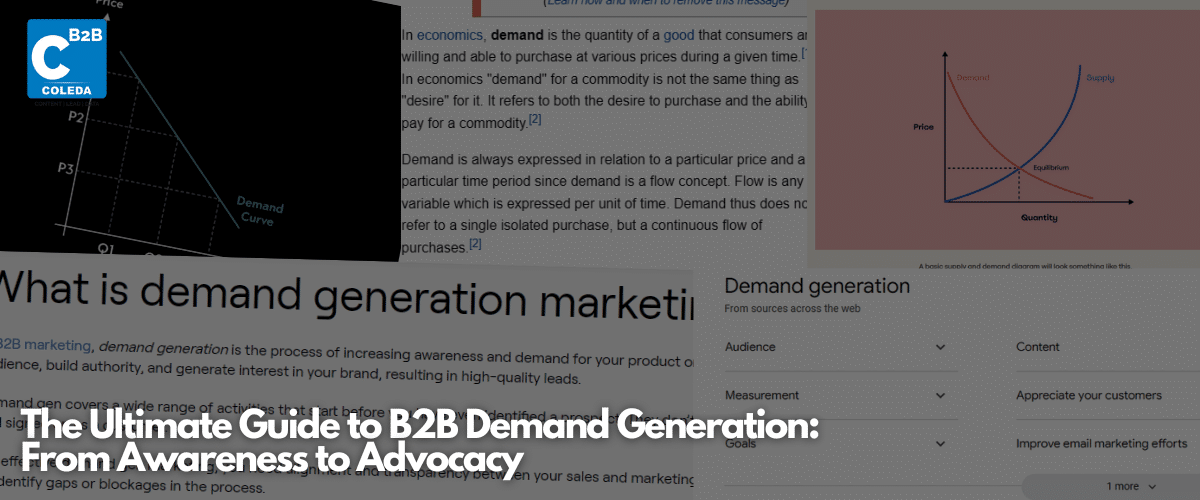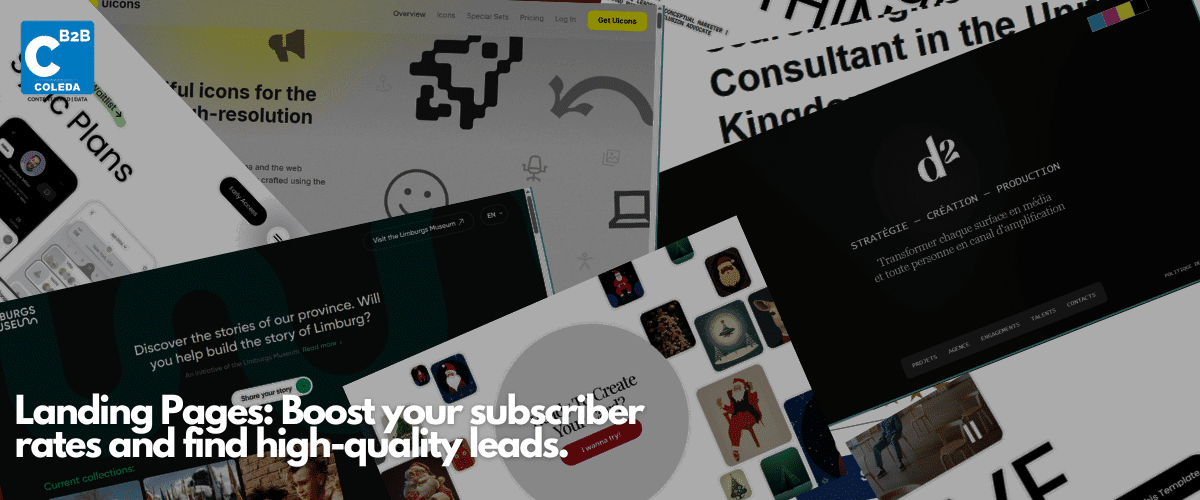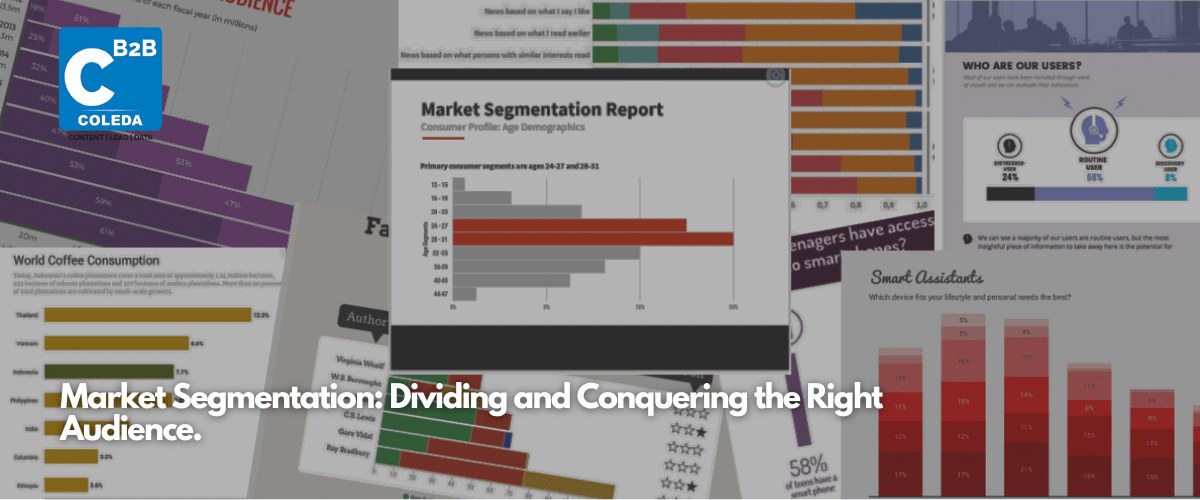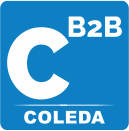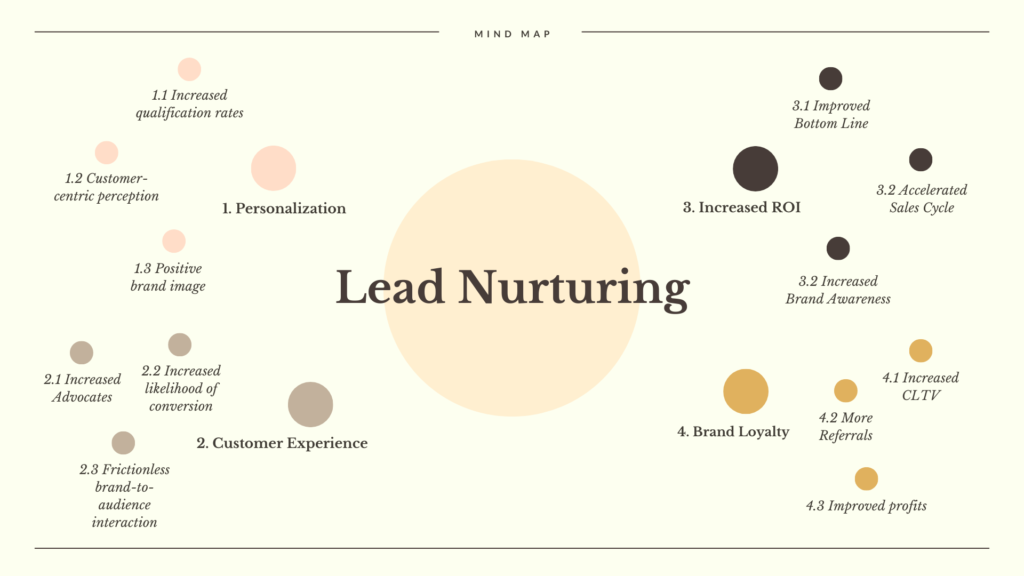
The quest for high-quality leads is a tough one! Every B2B marketing and sales team deals with the problem of generating leads that qualify.
One of the main reasons relevant and possible leads do not qualify is the lack of lead nurturing; of not interacting with the prospect at the right time, in the right place (channels). With the coming age of AI, businesses looking to deal with and buy products from partners expect a personalized yet human touch.
Lead nurturing is the answer to creating meaningful interactions with our prospects.
This will lead to better customer retention and accurate engagement.
Nurturing warms up leads and helps us drive the prospect on a journey that benefits them and us.
What is lead nurturing?
Lead nurturing is the process of engaging relevant prospects with timely content and reminders. Lead nurturing anticipates the needs of the potential buyer, their buyer journey, and them with curated content.
Why is lead nurturing important?
Building a connection with prospects and existing customers is crucial for businesses.
Think of all the times people/brand contact us because they want something. It feels insensitive and disingenuous. But when there is a give and take, a communication bridge, then trust is built.
Similarly, lead nurturing is essential in building a bridge of communication. B2B consumers expect personalization from their partners. Lead nurturing is based on anticipating the prospects/potential customers’ needs and providing them with content to move them through the sales funnel.
Strategically approaching B2B buyers with personalized content at every touchpoint will increase their chances of becoming customers. Lead nurturing is a great strategy that yields a balanced ROI.
Nurturing leads helps brands have a unique and trustworthy voice in the market. Relevant & helpful content that helps decision-makers save time and money will lead to greater engagement.
Authenticity is becoming a necessity in the market. Decision-makers want their pain points addressed at the correct time and in a human-centric way. Does that mean automation is useless? No. On the other hand, marketing automation can help humanize businesses by delivering human-made content on time, boosting lead nurturing campaigns.
Lead Nurturing is a way to engage in meaningful conversations.
B2B has a complex buying process. On average, a prospect interacts with six or more touchpoints before agreeing to meet with a sales rep.
And buyers lose interest quickly if they find the solutions provided to them are lacking or if a business is not authentic. The prospects need someone who can listen to them and anticipate their needs. Lead nurturing helps prove that a business is listening to the buyer and is ready to meet the buyer at their terms.
Here are the basics of a lead nurturing strategy to help buyers feel engaged and understood.
Understanding your audience
Every marketing endeavor begins by understanding the audience. Many MQLs are disqualified by the sales teams. It happens because there is a lack of understanding of the core customer.
Creating an ICP is necessary for creating a lead nurturing strategy. Understanding: –
- The ICP’s pain points.
- The type of content they are consuming
- And their preferred channels
By understanding how the ideal customer can and should interact with the touchpoints, we can begin to create content and strategy around it.
Segmentation
After an ideal customer starts interacting with the touchpoints, gathering data on their behavior becomes vital.
After gathering a robust data set, the audience must be segmented according to shared behavior. Segmentation will help target prospects that share similarities.
Segmentation requires identifying common behaviors or traits. For example: –
- A common pain point
- A mutual interest in a particular piece of content
- Interest of similar product/service(s)
- Open and click-through rates of emails.
These are but a few. Segmentation works best dynamically and caters to a specific audience. Mixing and matching segmentation also works.
Identifying patterns is vital to segmentation. For a granular approach, further dividing the segments into subsegments can help make the messages and interactions feel more personalized.
Personalized messages
Segmentation enables the creation of personalized messages. But first, let us understand the meaning of a personalized message. In simple, one-dimensional terms, it means a tailored message. But think about this broadly: a tailored message does not have to limit itself.
If lead nurturing is a conversation to build trust, our messages must reflect it. The message must be personalized in all aspects of the word.
In other words, the message should reflect the prospects’ needs relating to their journey. A personalized message could mean a newsletter addressing some specific pain points. Or, depending on the buyer’s journey, it could mean a gentle nudge in the right direction.
In this sense, even a blog or webinar could act like a personalized message.
To craft the perfect personalized message: –
- Begin by understanding the prospect’s journey in the sales funnel
- What segment do they belong to?
- What type of content do they prefer, and where do they prefer it?
- Based on their interactions, send automated messages using marketing automation.
- Marketing Automation
Marketing automation is a valuable tool. With the right approach, it can transform the way marketers reach their audience.
Marketing automation can be set up to send messages after a prospect has engaged with the touchpoints in a certain way. It ensures the prospect is contacted immediately after meeting specific behavioral criteria.
It is also a fantastic way of leveraging the buyers’ psychological reward system by “giving” them content after completing certain behaviors. This giving of high-quality content will nurture a relationship of trust between businesses and B2B buyers.
Some of the actions marketing automation software performs are: –
- Sending follow-up/complementary content for webinars after a prospect has signed up.
- Sending a welcome email after they have signed up for a newsletter.
- Addressing pain points with certain emails or targeted ads.
Customer data Platforms and Customer Relationship Management (CRM) software are remarkable marketing automation tools that boost efforts and bring first-party data to use as a reference.
Email Marketing

According to Neil Patel: email marketing provides a 36-42% ROI. It is the ideal tool for lead nurturing. We could say it is the crux of every lead nurturing effort.
From newsletters to educational content, email can be leveraged to engage prospects by sending tailored content as downloadable or in the form of links.
But email is not the only player in the game. Sure, it is an MVP, but there are more.
Multichannel Marketing
A multichannel marketing strategy is effective for lead nurturing. Once a prospect starts to engage, it is effective to use social media for targeted ads. And personalized landing pages to further nudge the prospect down the sales funnel. Programmatic ads offer a great way to deliver personalized ads to prospects.
The buyer journey
One of the final steps to creating an effective lead nurturing strategy is understanding the buyer journey and where a specific buyer is in the funnel.
Are they in the TOFU & MOFU stage, or have they moved into the decision stage? A valuable nurturing strategy requires comprehensive understanding of the buyer and their location in the sales funnel.
Nurturing is not just effective for finding the best-qualified leads. It helps strengthen the bond with existing customers.

The existing customer base of a business is always their heroes. And they are also most likely to buy from us again.
There is a misconception that lead nurturing is only for prospects and potential customers. But nurturing the current customers makes them feel valued and heard. A differentiating lead nurturing strategy helps create a seamless and thoughtful customer experience. And 95% of B2B consumers agree that good customer service/experience helps them choose and stay loyal to a brand.
